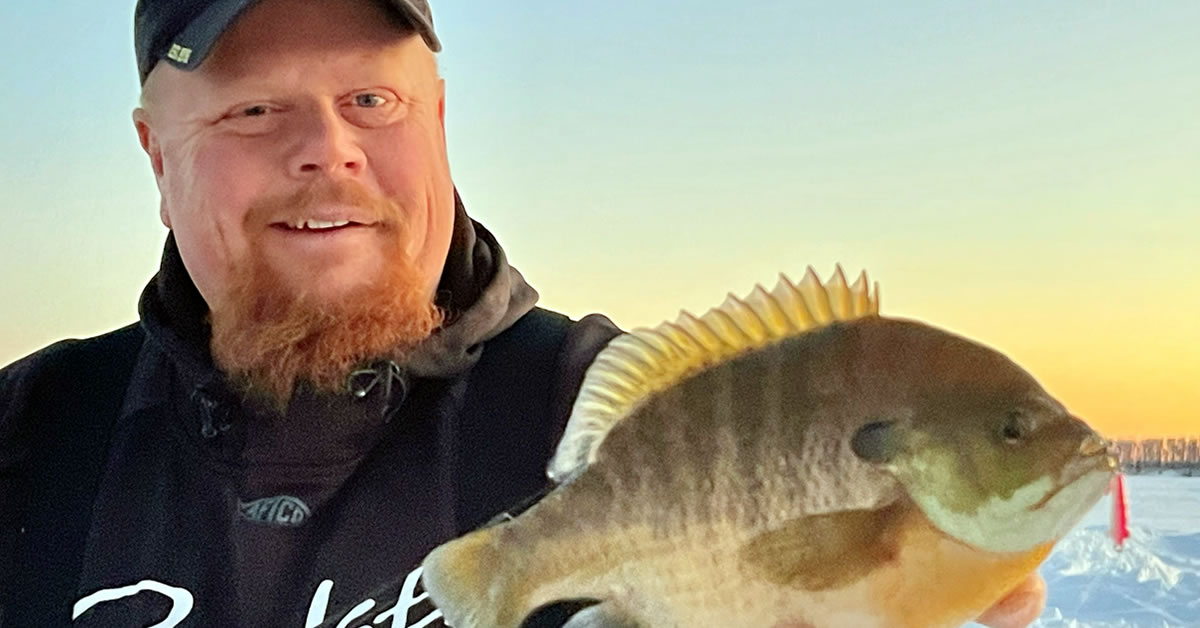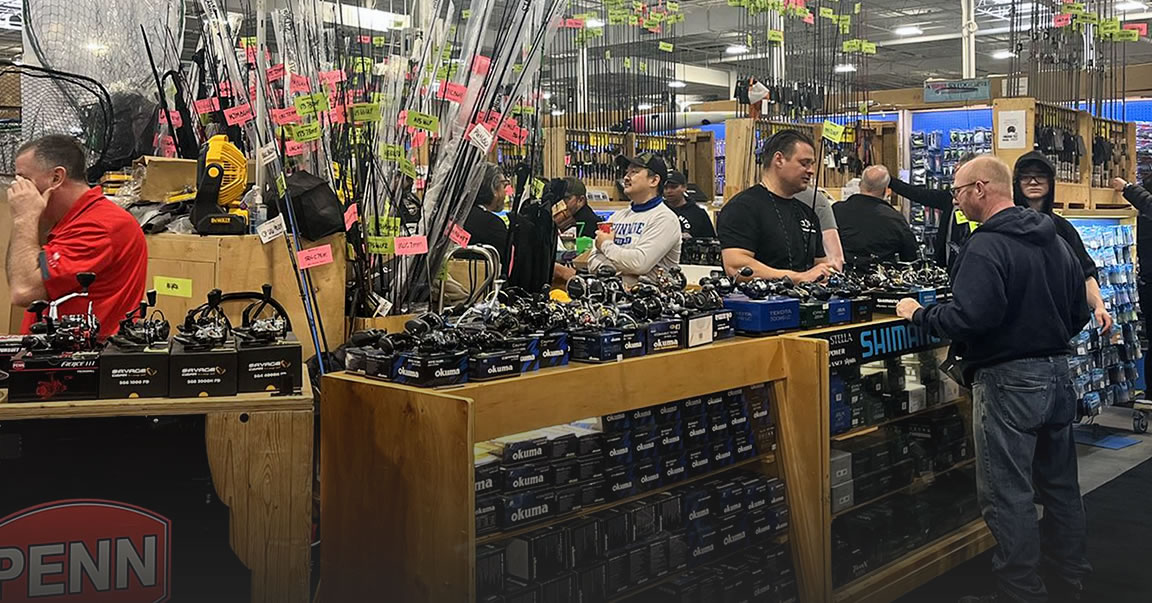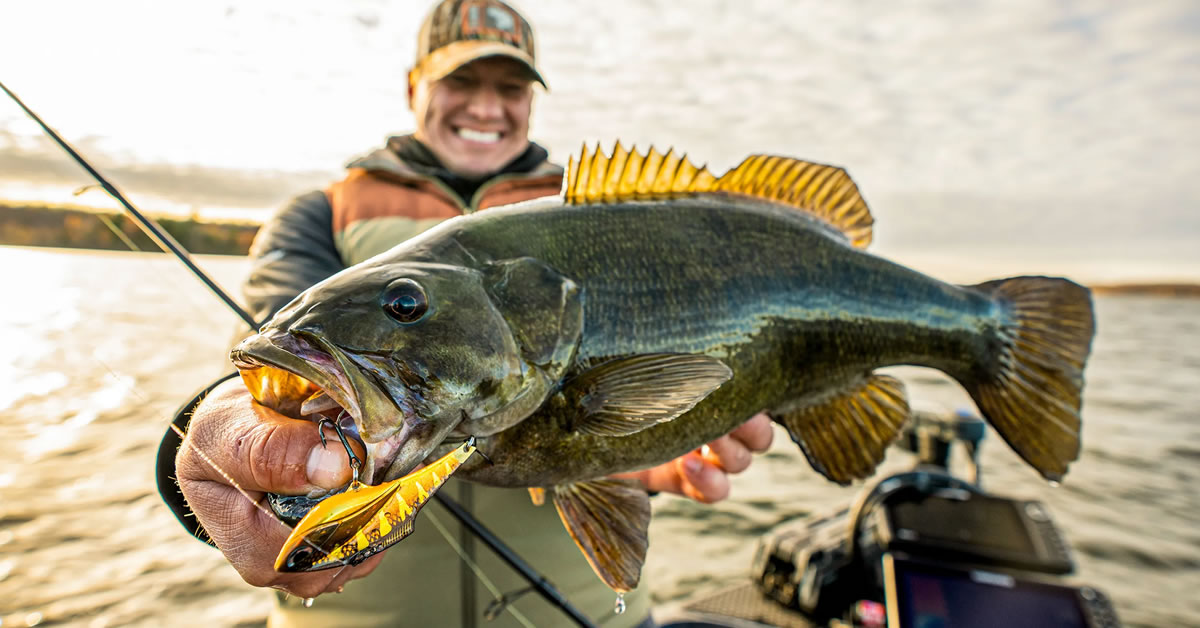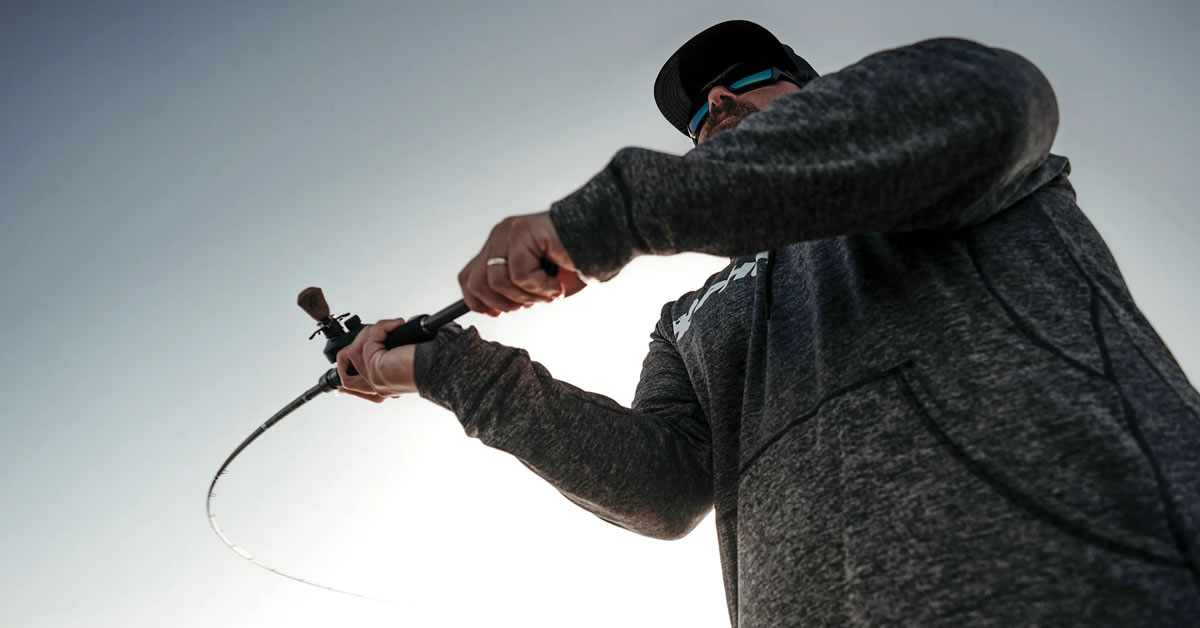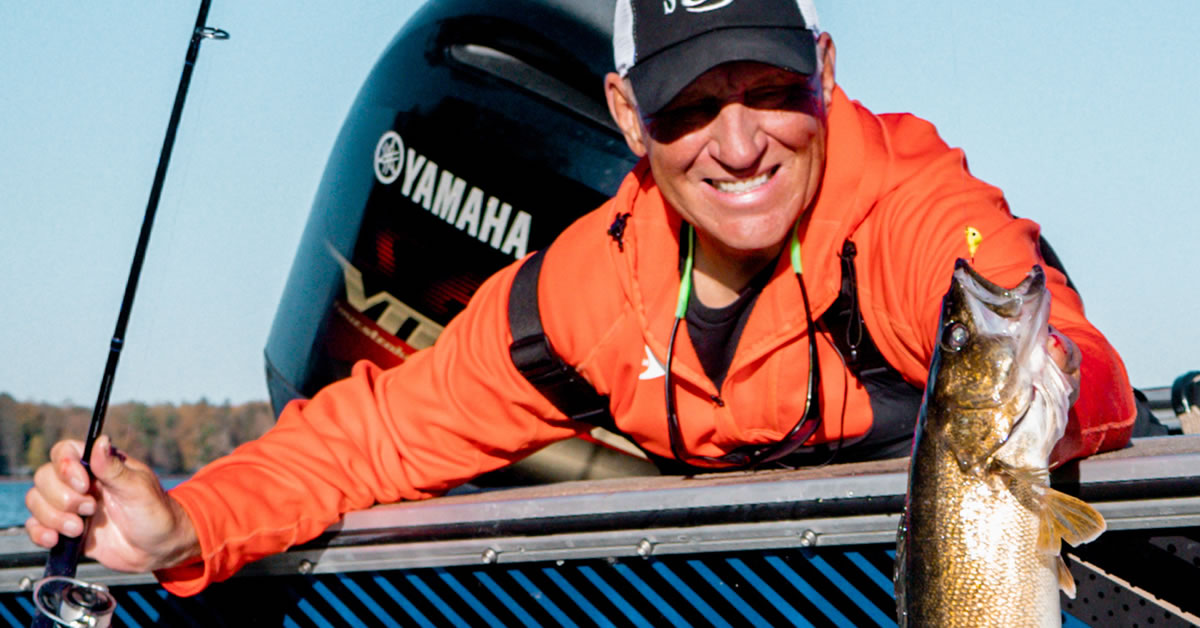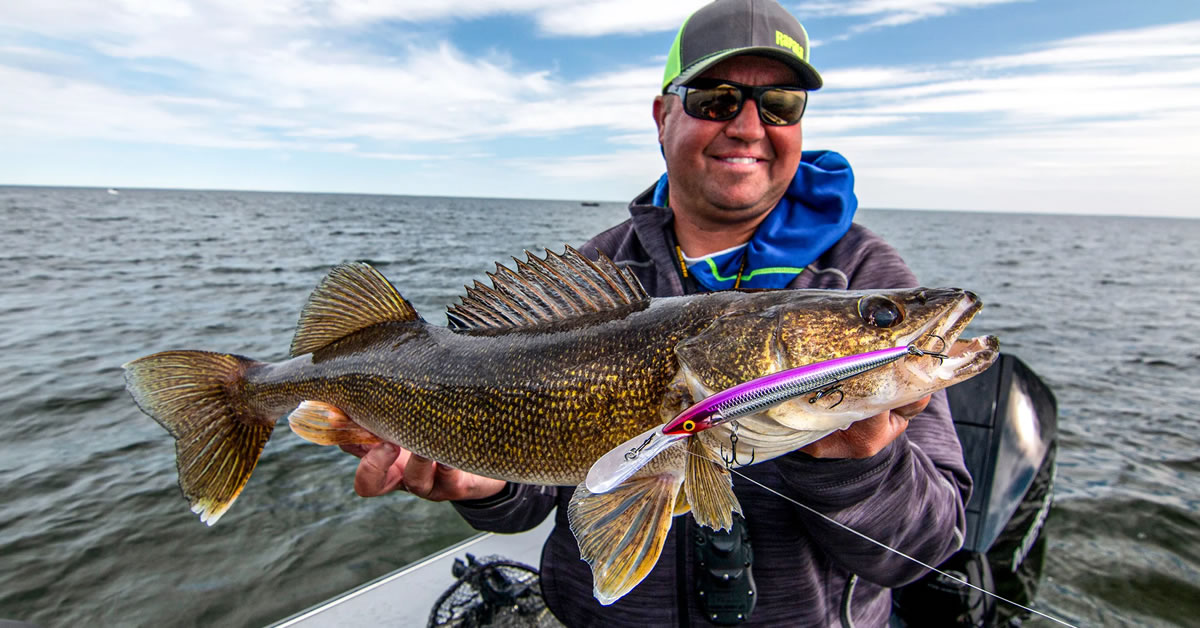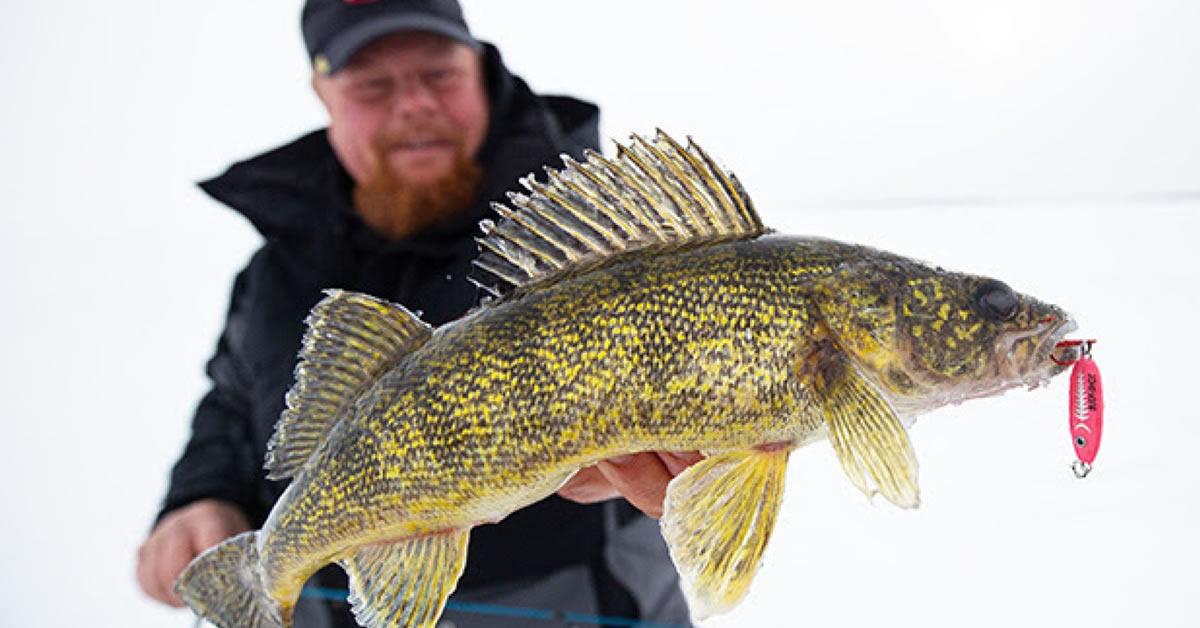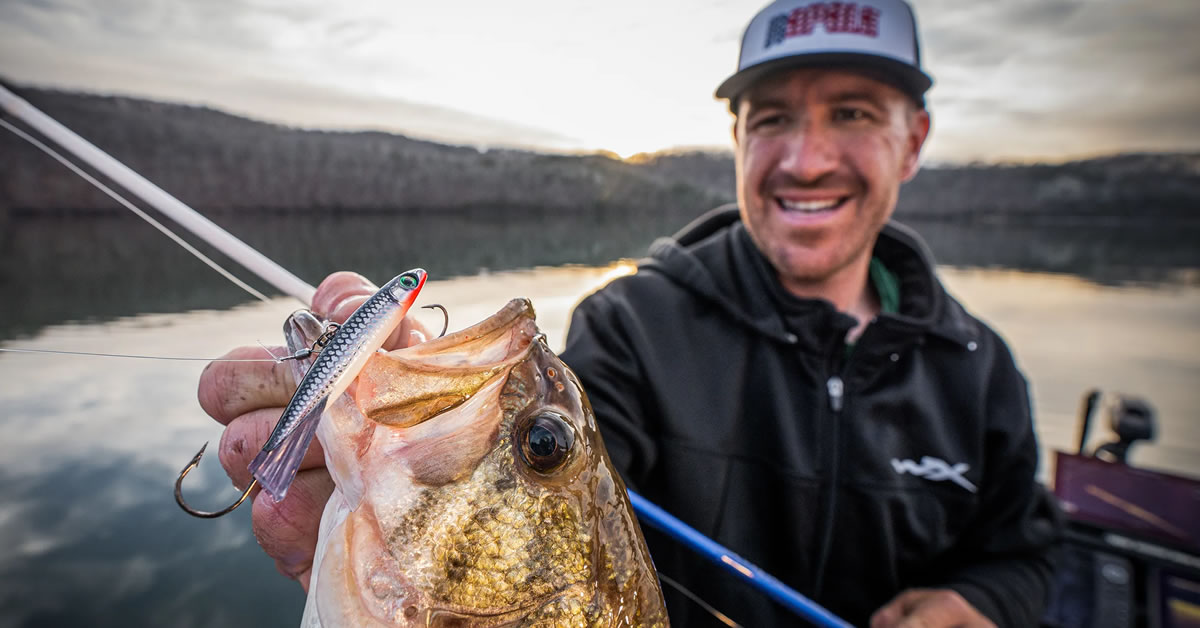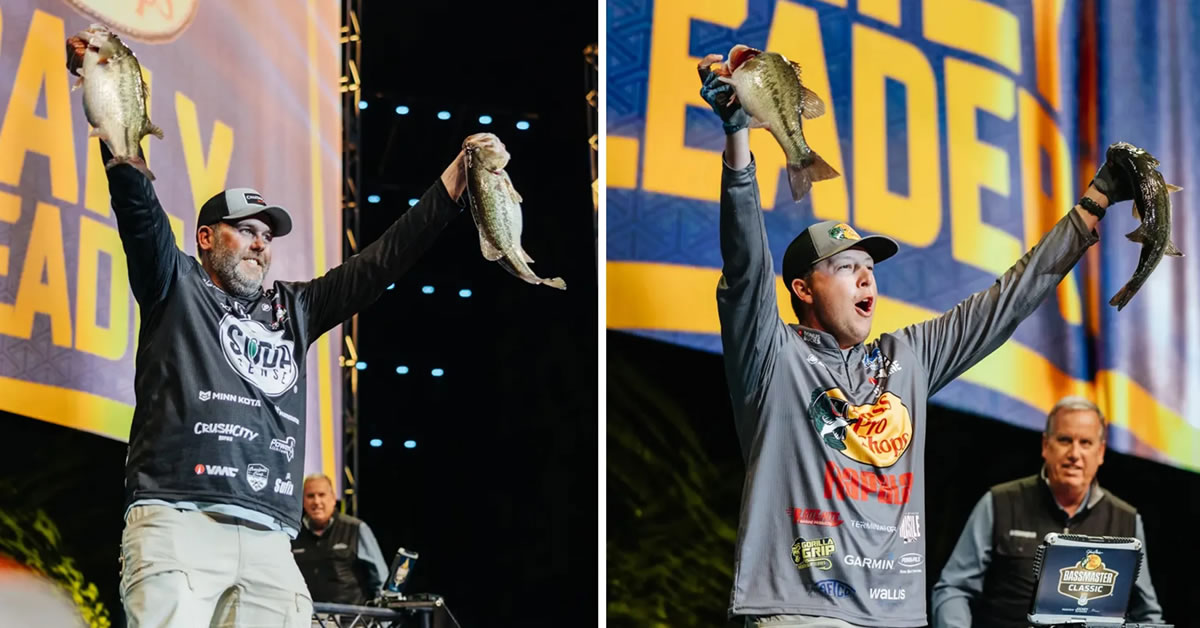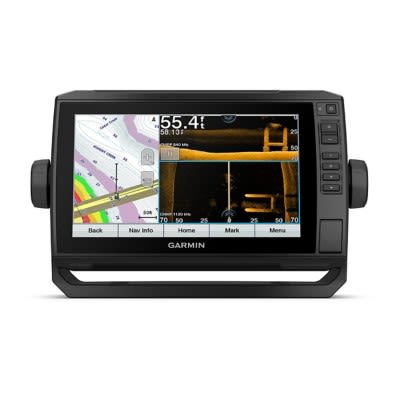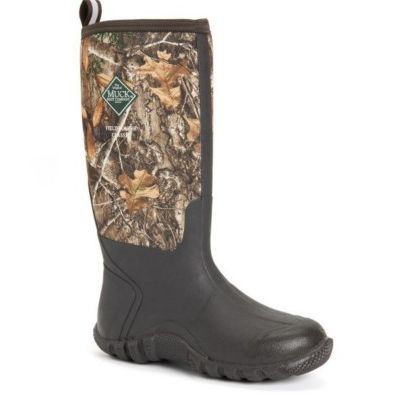End of the Season Ice-Fishing
by Bob JensenThis is the time of year when some ice-anglers start to wind down their ice-fishing. Although there is still lots of ice-fishing action remaining, for some reason, about this time of year, some anglers decide to hang the rods up for the season and start getting ready for open water. Those folks that continue to ice-fish can experience some really good action if they keep a few things in mind. Following are some of those things.
.jpg) Remember that the schools of fish have been picked apart. If you've been fishing a spot that has a lot of permanent houses on it, now is the time to start moving around. The anglers in those permanent houses have been catching and releasing or catching and keeping the fish in that area for several weeks now. There are fewer fish in that area, and the ones that remain are probably conditioned to a variety of lure presentations, making them harder to catch. Either get out to the edges of the concentration of permanent houses, or go to a new area.
Remember that the schools of fish have been picked apart. If you've been fishing a spot that has a lot of permanent houses on it, now is the time to start moving around. The anglers in those permanent houses have been catching and releasing or catching and keeping the fish in that area for several weeks now. There are fewer fish in that area, and the ones that remain are probably conditioned to a variety of lure presentations, making them harder to catch. Either get out to the edges of the concentration of permanent houses, or go to a new area.
Sometimes it will pay big dividends to find a body of water that hasn't been hit so hard. The smaller bodies of water that are harder to access can provide some excellent catches this time of year.
Don't spend too much time in one spot. I like to fish out of my Frabill Solo Ranger and move around a lot. Mobility is the key. Pop a hole, fish it for no more than ten minutes, and if nothing happens, move fifty yards away. This is when you will really appreciate sharp blades on your auger. The StrikeMaster Lazer Mags chew through the ice quickly, easily and quietly. If you have to work too hard to try different areas, chances are you won't move as much and your catch might be lessened.
Perch are often found in deeper water, frequently in the thirty-foot range, later in the season. I like to go with a heavier spoon to get to the bottom quicker. Make sure you're using a heavier spoon that still has a compact physical size such as the Buck-Shot Rattle Spoon. You want the spoon to be heavy, but not real large in physical size. When the perch are active, they'll take the large spoon just as readily as a small spoon, and the larger spoon will get to the bottom where the perch are much faster. If your bait is in the fish zone more of the time, you will catch more fish.
Experiment a lot with color and lure action. When the fish are conditioned to lures, lure color can make a big difference.
Show the fish different types of lures. If the hot bait has been spoons for the past few weeks, try something that looks and acts differently. Sometimes a very slow presentation will be the key if the fish have been exposed to a lot of spoons.
The action slows for some anglers this time of year, but there are still plenty of fish to be caught. If you get away from the crowds and show the fish different presentations, you could find some very good action.



